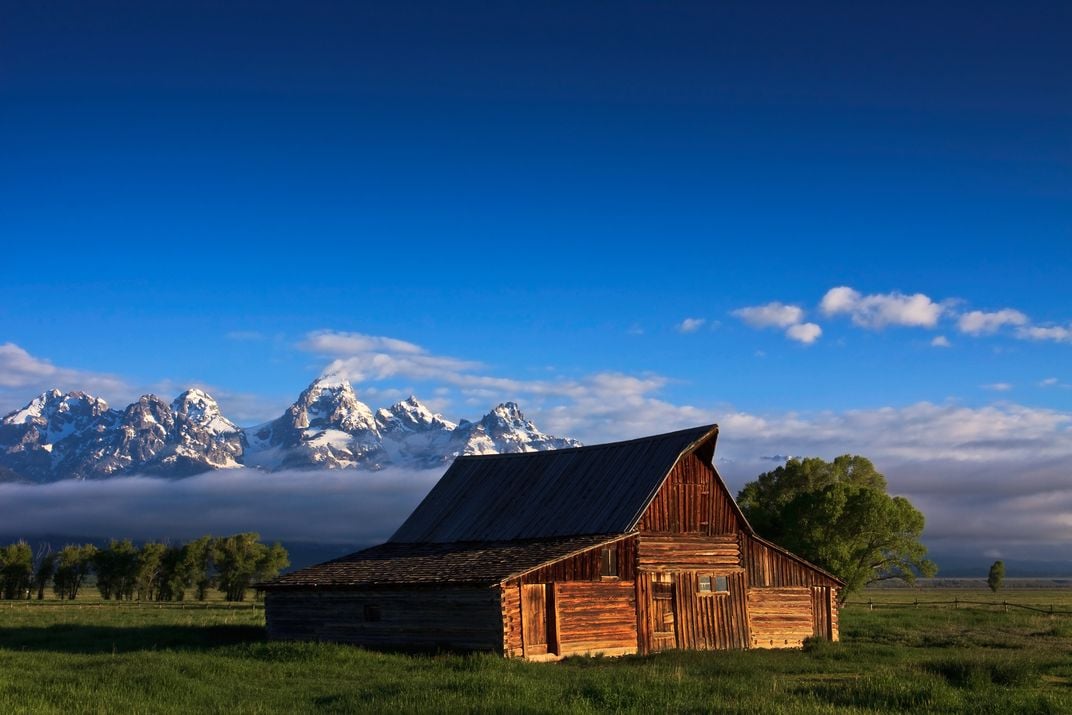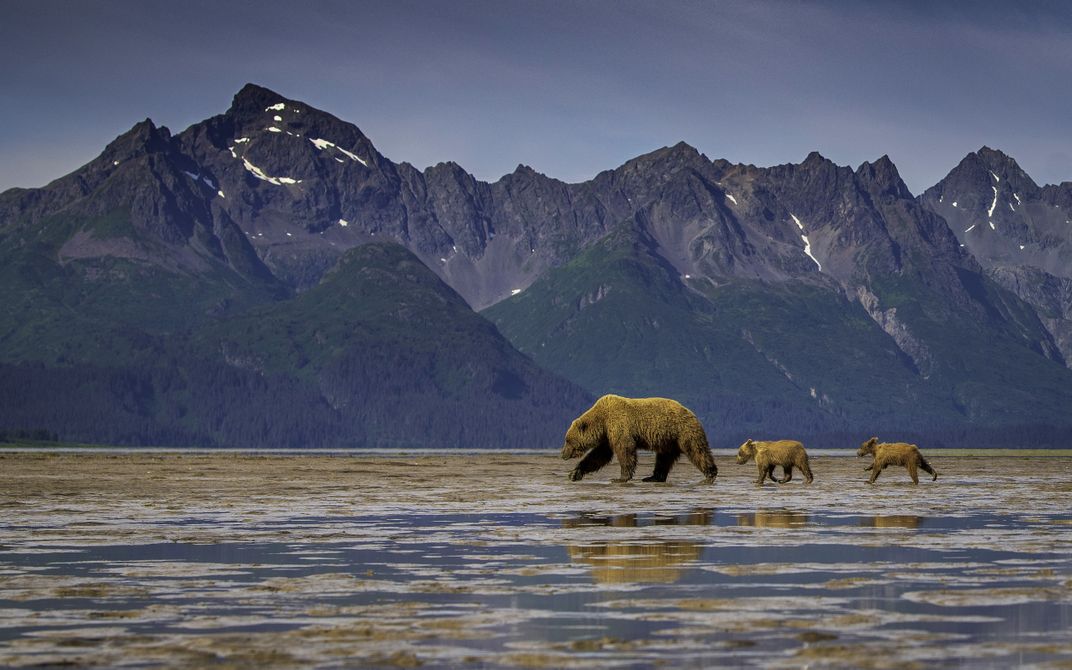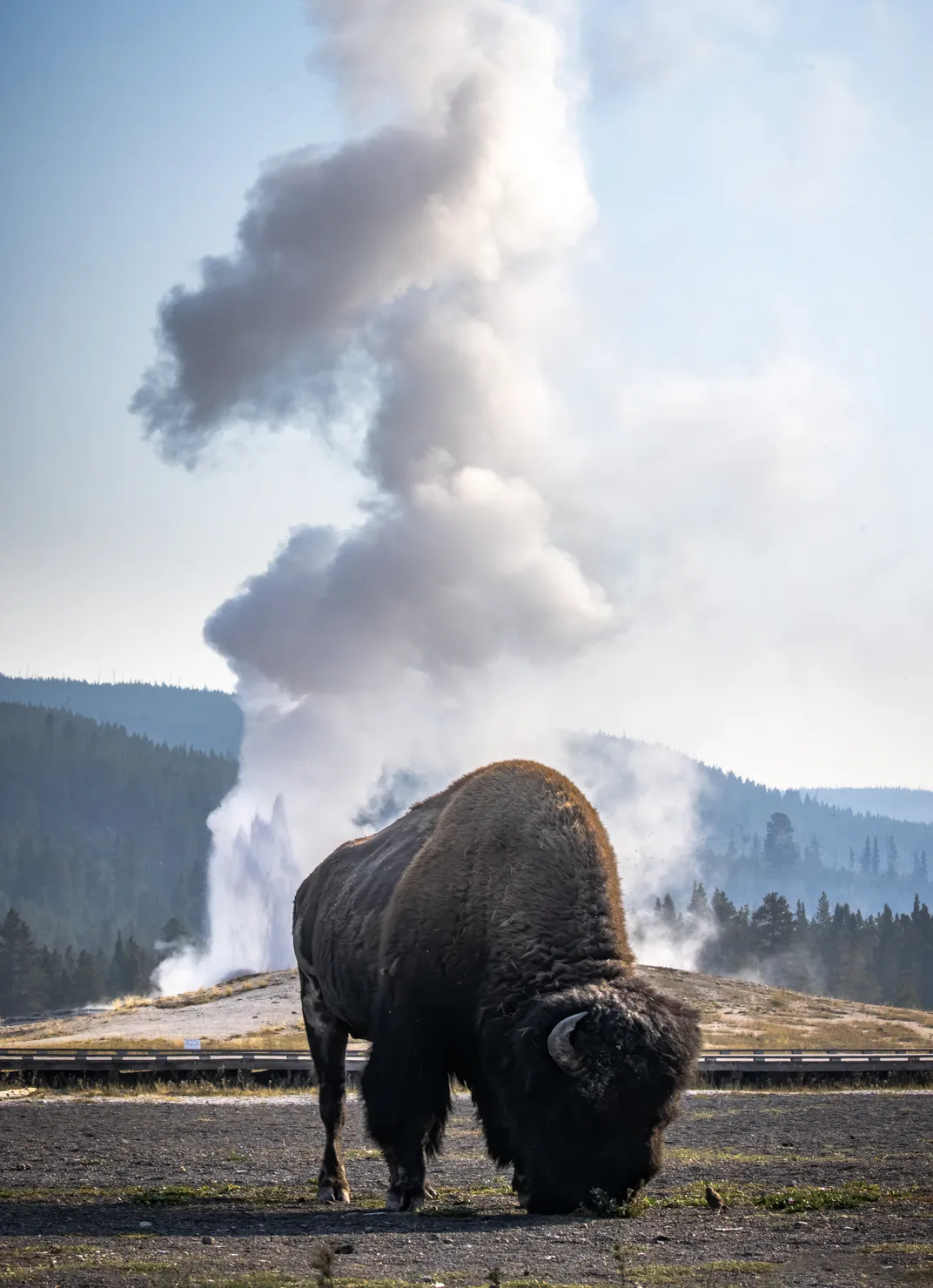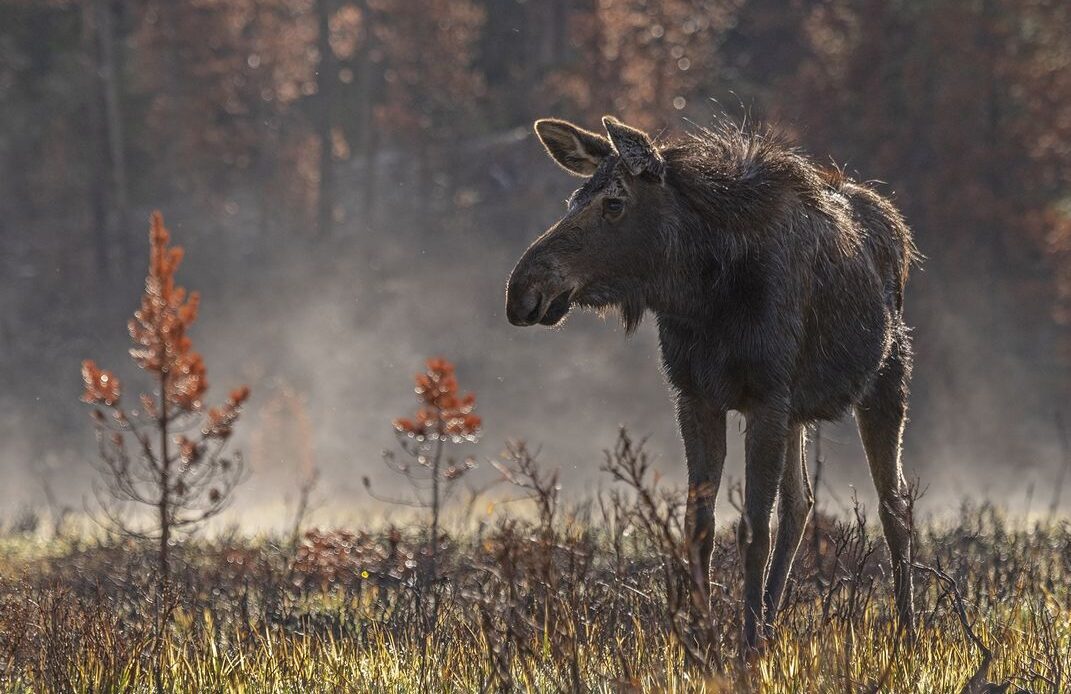In April 1903, President Theodore Roosevelt spent two weeks vacationing at Yellowstone Park, after which he designated the area as America’s first national park, laying a cornerstone at its main entrance. “Nowhere else in any civilized country is there to be found such a tract of veritable wonderland made accessible to all visitors,” he said during his remarks. “This park was created, and is now administered, for the benefit and enjoyment of the people.”
Today, some 120 years later, the National Park Service (NPS), established in 1916, manages more than 400 sites, including about 60 that are designated as national parks. Most are free to enter, allowing the millions who visit each year to enjoy hiking, biking, camping, climbing and exploring these protected lands. Spanning the nation—from California’s Joshua Tree to Shenandoah in Virginia, from Glacier Bay in Alaska to the National Park of American Samoa in the South Pacific—NPS has helped preserve thousands of acres from sea to shining sea and worked to protect the many species of wildlife that call the parks home. What makes them so special? Take a look.
On a cold, damp morning at Rocky Mountain National Park, a moose stands in the burn scar left from a fire, with the fog giving the impression of smoke rising from the ashes.
Dawn Wilson, Colorado, 2021
This barn, built in the late 19th century by members of the Church of Jesus Christ of Latter-Day Saints, is one of two that remain at Grand Teton National Park.
Scott Evers, Wyoming, 2009
At Lake Clark National Park and Preserve, a mother bear leads two cubs to a spot where they can look for food. In recent years, more than 200 brown bears have been spotted in the park. Scott Evers, Wyoming, 2009
Yes, the Old Faithful geyser at Yellowstone National Park is a sight to behold, but this bison isn’t letting the natural wonder distract it from a snack. Priorities.
Peter Mangolds, Wyoming, 2021 …
Click Here to Read the Full Original Article at Travel | smithsonianmag.com…
